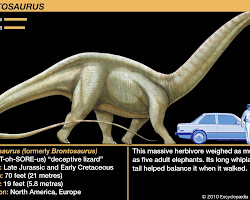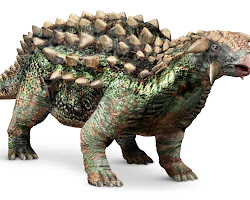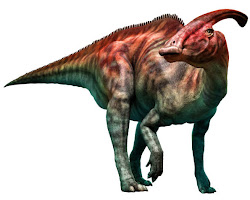- Sauropods were the largest dinosaurs, with long necks and tails. They were herbivores and ate plants. Some of the most famous sauropods include Diplodocus, Brachiosaurus, and Apatosaurus.
- Theropods were the meat-eating dinosaurs. They were the most diverse group of dinosaurs, and included everything from small, agile predators like Velociraptor to the giant Tyrannosaurus rex.
- Stegosaurs were plant-eating dinosaurs with rows of plates and spikes on their backs. They used their plates to regulate their body temperature and their spikes to defend themselves from predators. Some of the most famous stegosaurs include Stegosaurus and Kentrosaurus.
- Ankylosaurs were armored dinosaurs with thick skin and bony plates. They were herbivores and used their armor to protect themselves from predators. Some of the most famous ankylosaurs include Ankylosaurus and Euoplocephalus.
- Ornithopods were a diverse group of plant-eating dinosaurs that included duck-billed dinosaurs, hadrosaurs, and iguanodonts. They were all bipedal, meaning they walked on two legs.
- Ceratopsians were a group of herbivorous dinosaurs with horns and frills. They were mostly quadrupedal, meaning they walked on four legs. Some of the most famous ceratopsians include Triceratops, Styracosaurus, and Centrosaurus.
- Pachycephalosaurs were a group of dinosaurs with thick skulls. They are thought to have used their heads to butt each other in combat. Some of the most famous pachycephalosaurs include Pachycephalosaurus and Stygimoloch.
These are just a few of the many different types of dinosaurs that existed. Dinosaurs lived on Earth for over 160 million years, and they came in all shapes and sizes.







Comments
Post a Comment